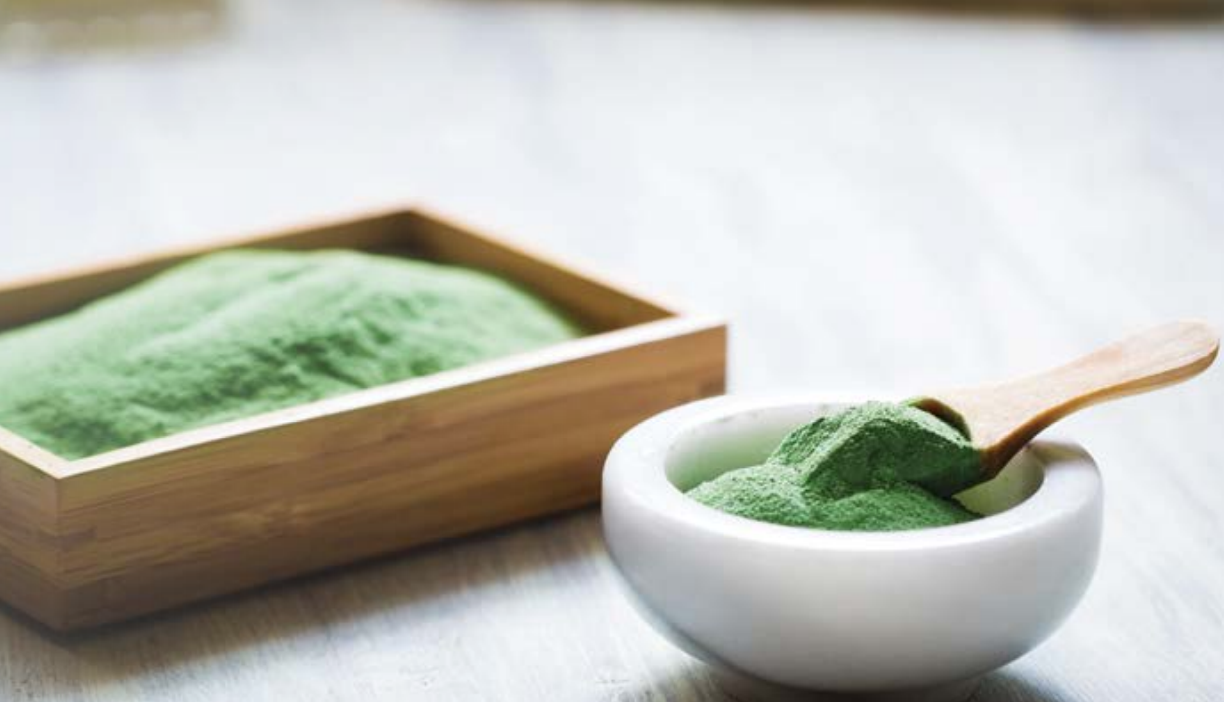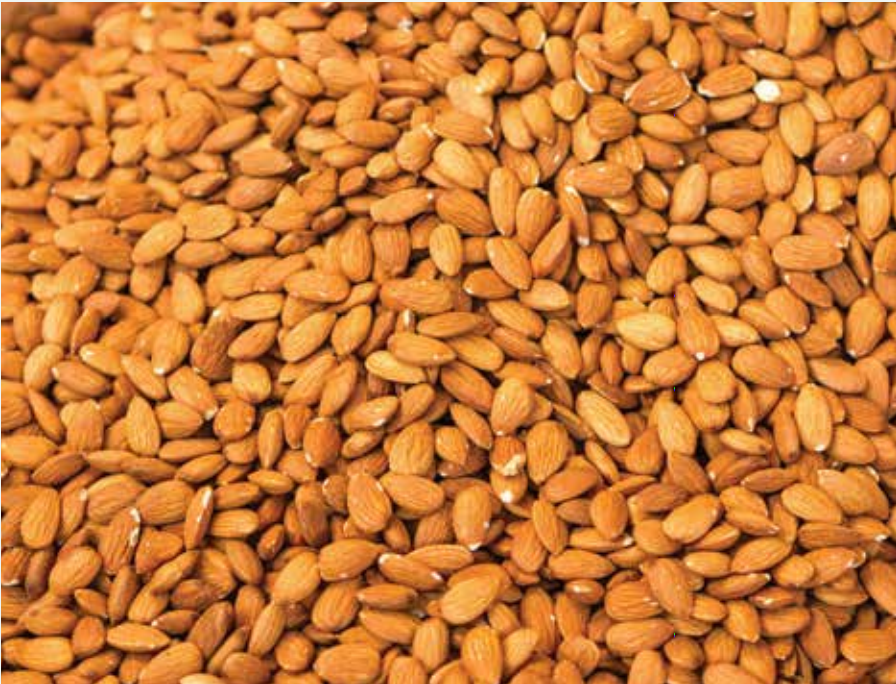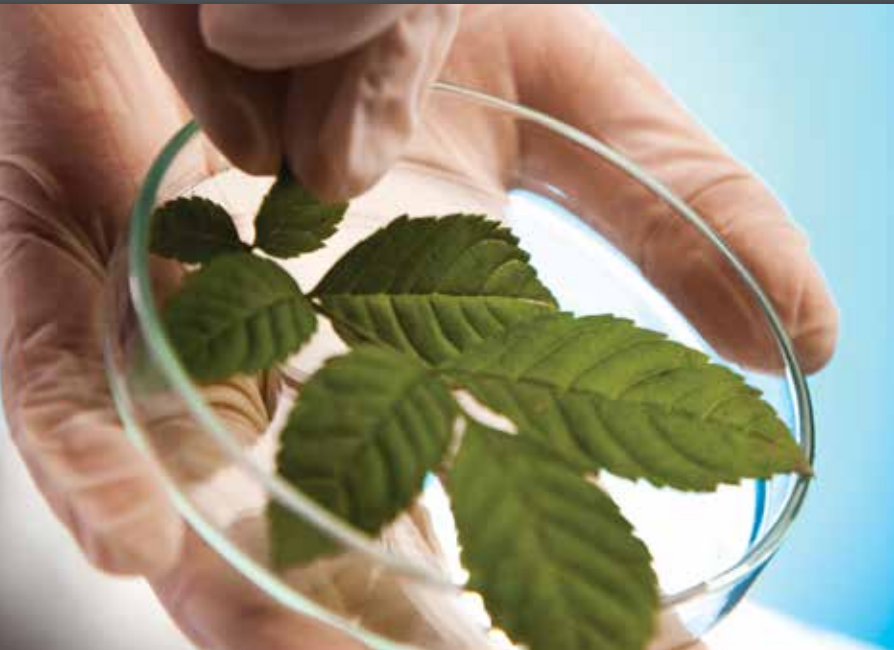Posted by Elina Fedotova July 2014 issue of DERMASCOPE Magazine on Apr 18th 2017
Naturally Anti-Aging
As skin care professionals, we are familiar with the signs of aging skin: loss of elasticity, discolorations, fine lines, and wrinkles. And we know these signs are directly related to oxidative and emotional stress, as well as inflammation and glycation. To combat these instigators, formulators are continuously looking for more effective ingredients for their anti-aging formulations. Botanical ingredients play an important role in corrective skin care formulations because they deliver vital organic nutrients to skin cells in a form that is friendly and recognizable to the body. Organic skin care product formulators often use whole plant extracts. Studies show that whole plant extracts deliver visible results without being highly concentrated.
Clinical Studies for Skin Care Products
Traditionally, clinical studies for skin care products are conducted by dermatologists over several weeks or months. During that period of time, they regularly analyze and record the changes they see in their patients’ skin. However, the latest genomic methods of analyzing skin care formulations allow researchers to determine an ingredients’ effectiveness in sometimes less than 50 hours. Scientists observe the expression of different genes that regulate the biological processes of the skin. Some of these genes, like sirtuin 1 (SIRT1), are called anti-aging markers. Some natural ingredients which demonstrate great results and are beneficial for all complexions, especially those that are mature.

Spirulina
Spirulina is a powerful beauty ingredient that benefits all skin types. It carries an amazing harmonious bouquet of essential amino acids, proteins, and other anti-aging phytonutrients. It is a blue-green algae, and the name spirulina comes from the Latin word for “helix” or “spiral” because spirulina is composed of many swirling, microscopic strands. It grows in warm, alkaline fresh water. Organic spirulina is widely available to skin care professionals in the United States and is a very effective ingredient for cleansing and various treatment products.
Spirulina helps to detoxify and calm the skin. Its alkalizing and oxygenating properties help to neutralize the skin’s pH after acid peel treatments, making it an ideal ingredient for post-acid peel masks.
Spirulina nourishes the skin with essential fatty acids (EFAs) and gamma-linolenic acid (GLA), as well as alpha-linolenic acid (ALA), linolenic acid (LA), stearidonic acid, and others. It is high in B vitamins like B1 (thiamine), B2 (riboflavin), B3 (nicotinamide), B6 (pyridoxine) and B9 (folic acid), as well as the famous beauty vitamins C, D, and E. It contains nucleic acids (RNA and DNA), as well as many natural pigments like chlorophyll-a, xanthophyll, and beta-carotene.
Spirulina is effective in natural makeup formulations because of its natural green pigment. As is sea buckthorn oil, which has a yellow color. No artificial pigments are necessary when formulas use these bright and precious botanicals.
You can create your own spirulina masks for your clients’ complexions. To use as a base, mix one percent of spirulina in white kaolin or bentonite clay for a fabulous detoxifying mask. For dry complexions, simply mix spirulina with a protein base, or simple organic oat flour.
Your clients will enjoy the effects of these spirulina masks because they help calm the skin after microdermabrasion and other exfoliating treatments. You can use galvanic or ultrasonic equipment for deeper delivery into the skin.

Mandelic Acid
Mandelic and fulvic acids benefit all complexions by delivering antibacterial and antiviral properties. Both work as powerful antioxidants and help heal sun-damaged, discolored and aging complexions. Both demonstrate good results, sometimes even on the most stubborn cases of melasma. Use them together for their synergetic effects.
Mandelic acid is an alpha hydroxy acid (AHA) extracted from bitter almonds. Used traditionally in medicine as an antibacterial and oral antibiotic, this alpha hydroxy acid has skin brightening and antiwrinkle properties and has been called “the new retinol.”
lled “the new retinol.” It is effective for all skin types and can increase the effectiveness of other pigment-correcting treatments. Consistent use of mandelic acid has resulted in steady, gradual improvement of hyperpigmentation.
Mandelic acid has a larger molecular structure and penetrates the skin at a slower rate. It stays on the surface of the skin, working on the stratum corneum, without irritating deeper layers of the skin.
Preliminary results of a threeyear open trial study, conducted by dermatologist and cosmetic laser surgeon Dr. Mark Taylor, found that products with mandelic acid resulted in an improvement in fine wrinkles and lines, as well as abnormal pigmentation, including melasma, post-inflammatory hyperpigmentation, and lentigenes. Melasma improved up to 50 percent after a month of treatment, using a 10 percent mandelic acid product. An article by Dr. Taylor, published in the Journal of Cosmetic Dermatology, concluded:
Mandelic acid products, used alone or in tandem with antioxidant vitamins, have multiple positive effects as a skin treatment – including antibacterial effects and improvement in photoaged skin, abnormal pigmentation and skin texture. Safe use in darkly pigmented skin types was also a major difference seen when the mandelic acid products were compared with glycolic acid and tretinoin.
Mandelic acid is already becoming more popular in professional skin care formulations. Concentrations of mandelic acid for home regimens are usually about 10 percent. In treatment rooms we can use serums with higher concentrations.

Fulvic Acid
Fulvic acid is one of the components of the so-called humic substances, which are formed naturally during the decay of plants. It is a powerful electrolyte which balances cell life. Fulvic acid assists in every stage of cellular rejuvenation. It neutralizes toxins and enhances the transport of nutrients to skin cells.
Fulvic acid helps diminish wrinkles and reduce inflammation, has antibacterial and antiviral proper ties, works synergistically with mandelic acid and other alpha hydroxyl acids and is extremely gentle. It can be used throughout the year and is safe on all complexions. It will not discolor darker skin. Unlike some alpha hydroxy acids, it causes no irritation or inflammatory hyperpigmentation. Like mandelic acid, it helps brighten, tone, and rejuvenate skin
As we know, a major cause of aging is oxidation and inflammation, and fulvic acids demonstrate powerful antioxidant properties and are very helpful for inflammatory conditions. A United States patent for formulations with fulvic acid filed in 2003 demonstrated the effectiveness of topical preparations with fulvic acid for treating inflammation and conditions such as acne, eczema, or bacterial, fungal, or viral infections
Like any acid, it can create photosensitivity, so make sure your clients use a zinc oxide-based sunscreen during the day. With a pH of 3.2, fulvic acid is extremely gentle.
For skin care professionals who would like to introduce fulvic acid into their facial treatments, I suggest purchasing fulvic acid (usually intended for internal use) from reliable online sources or health food stores.
A five to 10 percent fulvic acid solution can be made with distilled water and a few drops of essential oils for use as a skin mist. Be sure to shake the bottle well before applying during skin care procedures.
I do not suggest mixing fulvic acid with herbal preparations, because it can react with other herbal substances, creating a stubborn purple color that can discolor your client’s skin.
To achieve the best results, make sure that your clients’ home regimens also include healthy formulations. Educate them about beneficial ingredients in their products. Encourage them to make a conscious choice to treat their skin well daily so they can enjoy their youthful appearance for many years to come.
-Elina Fedotova is the formulator and CEO of Elina Organics, an award winning cosmetic chemist and aesthetician. She hand makes her professional skin care line in her laboratory using holistic principles and organic ingredients from around the world. In 2007, she founded the Association of Holistic Skin Care Practitioners (AHSCP); a nonprofit organization that provides ongoing training and education for professionals.-
References
1. Taylor, Mark. “Improvement of Skin
Conditions.” Journal of Cosmetic Dermatology
(1999).
2. Dekker, Johannes and Constance E.
Medien. Fulvic Acid and Its Use in the
Treatment of Various Conditions. Patent
US Patent 6569900 B1. N.d. Print.
3. Ehrlich, Steven D. “Spirulina.” University
of Maryland Medical Center. N.p., 11
June 2011. Web. 26 May 2014.
4. Langerveld, Anna Jelaso and Charles
Ide Langerveld . “Ambra-Life of the
Elina Organics Skin Care Collection Activates
Genes That Promote Anti-aging
and Anti-Wrinkle Effects in the Skin
Cells.” (n.d.): n. pag. Genemakers, LLC.
Web. 29 May 2014.
5. Fedotova, Elina. “Holistic Solutions for
Hyperpigmentation.” Presentation.
6. “Spirulina: The Super Food.” Supplement
Science. N.p, 27 July 2013. Web. 29
May 2014.
7. The Editors of Encyclopædia Britannica.
“Fulvic Acid (chemical
Compound).”Encyclopedia Britannica Online.
Encyclopedia Britannica, n.d. Web.
29 May 2014.

